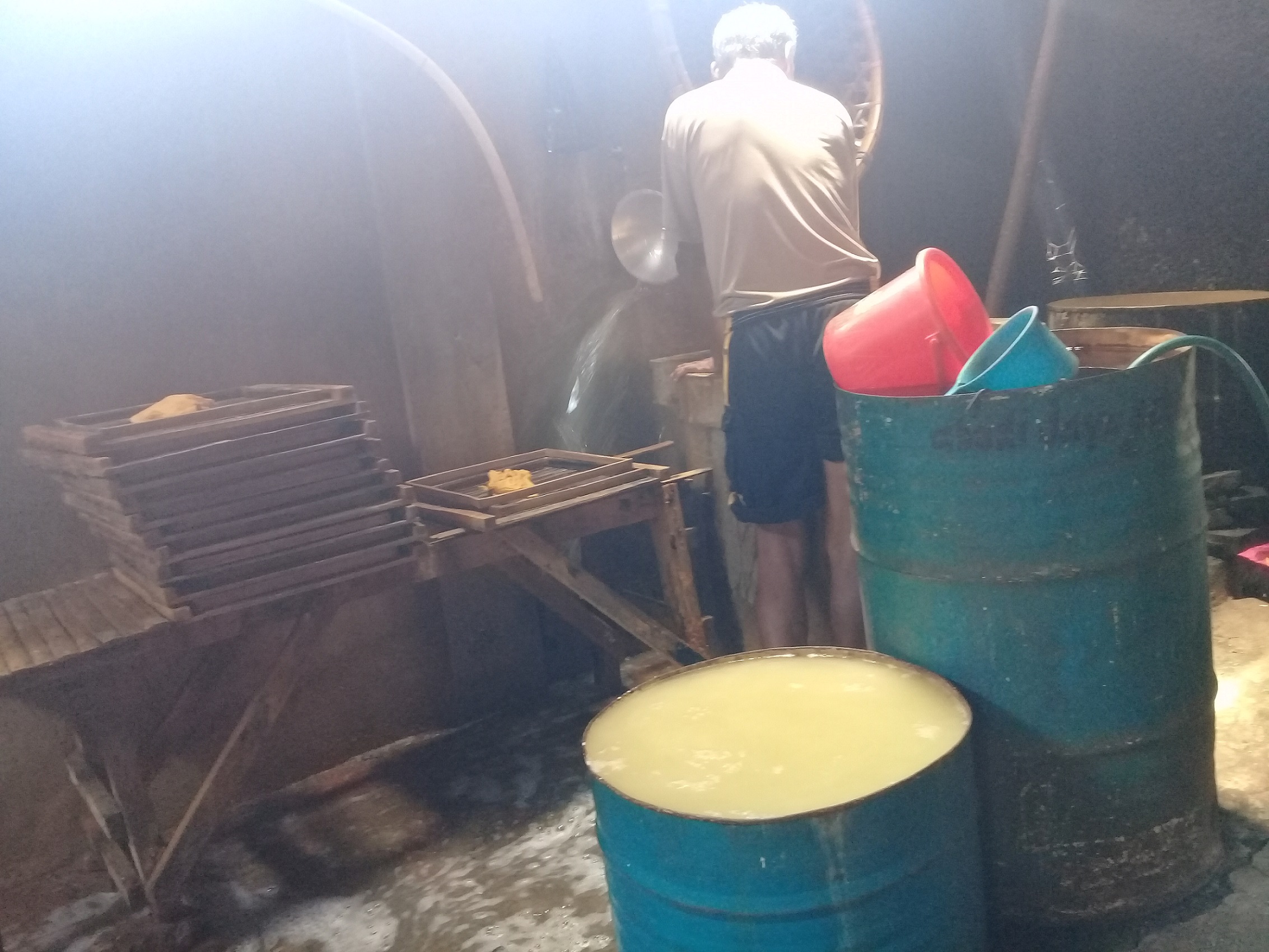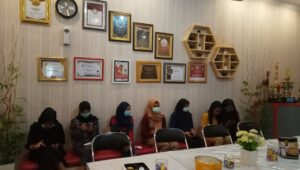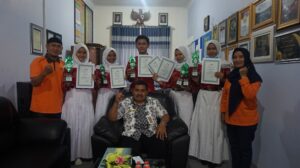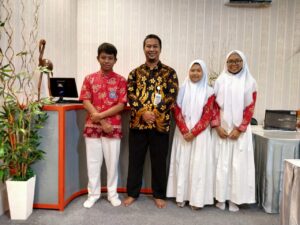Province of East Java is the biggest tofu consumer in Indonesia. It is proven by the high percentage in the survey table, which is 0.27%. Based on data released by beritagar.id on Thursday, July 27, 2017, East Java is the highest tofu consumer compared to other cities and even the media ?? Reporting that the people of Batu City prefer to eat tofu rather than fish.
Public interest in tofu is equal to the factories established in East Java. Malang is also one of the regions that use tofu in every traditional foods, for example meatballs. How many meatball stalls use tofu? Not to mention other foods, such as rice cake, egg tofu, gado-gado, rusak. It also used in the fried food traders and home consumption.
A large number of tofu used in each food shows the large number of tofu factories exists. For example in the vicinity of Malang, “in Sidorahayu Village alone there stand 6 tofu factories and 4 tofu factories in Mulyorejo Village,” said Mr. Supan, one of the tofu factory owners. Within a day, the Pak Supan factory produces around 130kg of soybeans. The waste produced from tofu production can be liquid waste and solid waste. According to the man who born in 1957, tofu production can produce as much as 100L of liquid waste at a time. Even though in a day, Mr. Supan can produce tofu several times. How about 1 week? 1 month? Surely the liquid waste from making tofu or what is called cukak is very abundant. The abundance of tofu waste is proportional to its utilization. According to one of the tofu factory owners in Sidorahayu, Wagir cukak can be used to fatten cattle like cow. In fact, in today’s modern life, tofu waste is considered as simple to be used as an energy source. However, when viewed in terms of utilization, content and chemical compounds, tofu liquid waste can be used as an environmentally friendly source of electrical energy.
Around July to September 2017, SMA Nasional Malang’s Science Club (KIR) team conducted a study of tofu liquid waste that was fostered by Mr. Soni Syarifuddin. They use tofu liquid waste as powerbank fuel because the amount is very abundant. “Tofu liquid waste contains H + ions which are acidic and have a voltage of 0.00 so it is necessary to add a simple Zn ion which has a negative voltage of 0.76 so that the voltage becomes positive 0.76,” explained Mr. Soni. The chemistry teacher explained, in 12 cell boxes there were 1 zinc and carbon of each. Each box is filled with pure tofu waste which is acidic. “Between one cell box and the other is connected in one way, zinc in the first cell box is connected to the carbon of the second cell box by cables so that it is positively charged, as well as to others to be negatively and positively charged,” said the man born in Gresik. The father of one child also resolved that at the end of the cell box the remaining zinc was positively charged and in the first cell box there was negatively charged carbon so that if the two charges were combined they would attract each other to the powerbank consequently the powerbank could be used without electrical energy from PLN.
In essence, tofu wastewater has many uses that depend on how we use it into a useful item for the general public. One of them is as a source of auxiliary energy or electricity substitute for PLN. Certainly because it can create electricity with simple materials. As explained above, tofu liquid waste can fully charge the powerbank battery. That means we can use it properly without having to throw it away. “Utilization of tofu liquid waste is important to be developed in the future as an alternative energy source considering that liquid waste of tofu has abundant presence, but it has not been utilized to its full potential,” said Mr. Soni. (Idm // bya)







